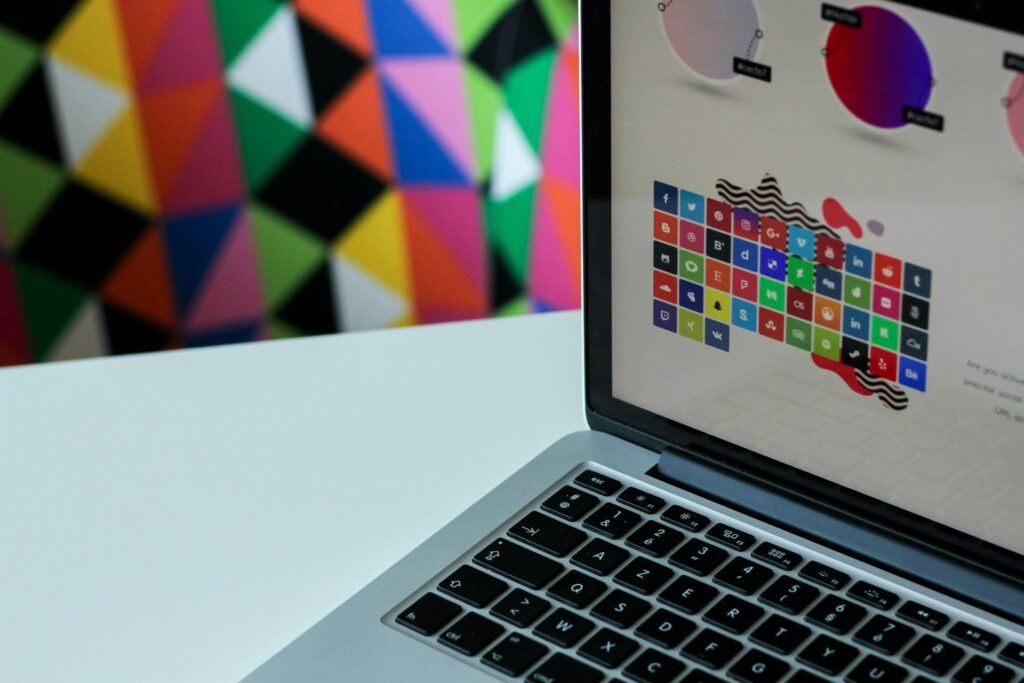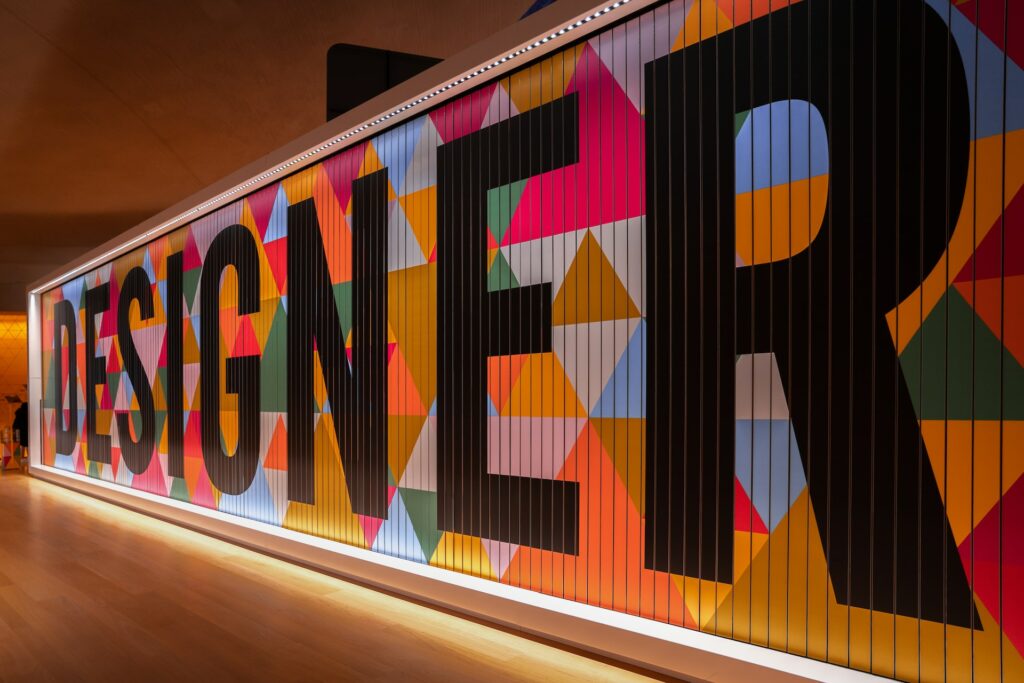
Graphic designers are essential in the dynamic and ever-changing world of video games. Characters, locations, user interfaces, and promotional materials are just a few of the visual components that these creative experts are in charge of designing. They can affect a player’s emotions, engagement, and overall game experience, therefore their job extends beyond just aesthetics.
Have you ever dreamed of becoming a graphic designer and inventing fantasy worlds? Let’s figure out what this profession is for and what the future holds for graphic designers in games.
The importance and challenges of the profession of graphic designer in games
The importance of graphic designers increases when it comes to AAA games. Let’s remember for example World of Warcraft. The popularity of this game is simply incredible – after all, it has been played for more than 20 years. In parallel with the demand for the game itself, the demand for boosting services on sites like https://skycoach.gg/ is growing. And all because people want to develop in the game, they want to upgrade their heroes.
Graphic designers are responsible for creating every aspect of a game’s visual identity.
They make the game fun and attractive. Character design, for example, takes on enormous importance in AAA games like World of Warcraft. The game features many different races and classes, each with its own unique aesthetic and cultural nuances. Graphic designers carefully create armor, weapons, and clothing. Each race has its history. Moreover, the appearance of the characters serves as a means of self-expression for the player. The characters are instantly recognizable and resonate deeply with the players.
A huge part of the work is creating beautiful and spectacular locations. Depending on the game, these can include bustling cities, treacherous dungeons, and serene forests. And all this needs to be thought through to the smallest detail! Because every environment should be a masterpiece in itself.
Graphic designers have to seamlessly blend the epic scale of these virtual worlds with the minute details that bring them to life. Designers carefully design the architecture, flora, fauna, and atmospheric effects to create a great user experience.
Graphic designers designs the game levels.
The level design includes the following components: level design, special effects, and navigation. This includes the creation of the world itself: the universe, planet, continent, island – on which the game takes place. Forests, rivers, oceans and villages that the hero finds himself in – all this is drawn first by the designer and only then left as a task for the developers.
Old-school designers first made mock-ups out of cardboard and plastic, discussed all the nuances of it, where and what actions would take place, where the player would move from and to, and much more. Then we recreated it all in 3D, adding more details and the scenario situations themselves. Objects in the world play a huge role. In the game “The Last of Us,” you could go into a house that was abandoned twenty years ago, according to the plot of the game, and see, by the arrangement of objects, what happened there when they left it.
The graphic design determines the mood of the game.
In different genres of games, it is necessary to create obstacles for players so that they, using ingenuity and logic, overcome them – various shelters in shootouts, and various tactical objects in more dynamic games. All this should be thought out so as not to cause a feeling of discomfort when moving.
For example, in the game Titanfall, players move using elements of parkour, running along walls and roofs of buildings. It would be extremely unpleasant if from one roof of a building to another, there was an insurmountable distance for a jump. The graphic design determines the mood of the game. It gives integrity to its idea, and very often the artistic style becomes the very highlight that attracts a significant part of the consumer audience to the project.
UI development in AAA games is also a monumental task.
The difficulty is that you need to come up with an interface that will not cause panic among newcomers to the game. It should be intuitive and easy to understand. After all, we need our game to be played for a long time, right? Graphic designers ensure that HUD elements, menus, and icons are not only functional but also aesthetically consistent with the overall design philosophy of the game.
However, they should not distract the player from his activities. Difficult, right?
The interface makes it possible to provide interaction between a person and the game mechanics. The interface includes the creation of a main menu that greets the player when starting the game. The main menu should be unique and inimitable and should correspond to the general atmosphere and theme of the game itself.
It is a business card. In it, you can configure the necessary game parameters, such as sound, brightness, and controls, select the difficulty level, create an individual character, and you can also view the list of people involved in the development of the game.
The main menu introduces the player to the general style of the interface.
In the future, during the gameplay, the interface will help the player interact with the game world and with the characters, allowing him to choose actions that he can perform. In role-playing games, using the interface, the player chooses the equipment of his character, improves his characteristics, and selects the necessary skills that suit different play styles.
For example, the famous Polish game The Witcher is based on the book of the same name. In it, the player can operate with the enormous available possibilities of the game world, and the interface that provides such manipulations must be intuitive for the vast majority of players. The user does not have to think about and remember where a specific function is located.
For a person to effectively use the developed interface, a designer must understand what the interface is, why to use it, what tasks can be performed with it, and what this or that action will lead to. Compliance with all these points results in successful interaction.
Interfaces are developed for a specific game and platform: what will be convenient for a tablet will not fit a game console.
The principle of constructing an interface should be based on the manipulator with which control takes place: in the case of a tablet, these are hands, on a PC it is a mouse and keyboard, on a console it is a gamepad. Each of these controls requires a custom interface design. Moreover, the genre of the game must be taken into account. The screen should only contain what the player needs. Anything that may be needed at any time should be called up in one click.
For example, in the case of a tablet, when the player needs to hit a button with his finger, everything clickable should be of an impressive size to minimize the likelihood that in the heat of battle, the player will miss the button he needs and thereby get a negative impression. In turn, such large buttons will look awkward on a PC or console.
On a PC, in turn, the main amount of information is located at the bottom of the screen, since the player’s eyes are most often located above the center of the screen, and it is more convenient for him to look at the upper half, where the main action of the game is located. However, on tablets, by clicking on interactive objects in the center of the screen, the player will block half of the interface with his hand, which will lead to unnecessary movements and distraction from the main action. In some games, the interface may be a separate design, a unique solution.
As games improve and evolve, the characters also change.
Not so long ago, game characters were just pictograms, an amorphous mass consisting of a few pixels. Then they had to be simple since limited artistic means were used. Nowadays, technological progress has made it possible to create more believable and realistic characters. Therefore, graphic designers spend many months of work coming up with game icons.
Character design includes the creation of both the game’s protagonists and antagonists, various supporting characters, and extras.
The heroes of the game must be psychologically thought out, and have some kind of depth in themselves, and all this must be reflected not only in behavior but also in appearance. The facial structure, eye color, skin color, and various physical qualities of the character, clothing, and equipment necessary to perform actions in the game world – all this is created through an analysis of the plot and the role of the hero in the story.
For example, if we return to the game The Witcher, the protagonist has special belts for carrying alchemical flasks, which he uses to fight evil. Character design is a very important part of video game development because flat and uninteresting personalities who have an appearance that does not match the atmosphere of the game world can be very effective in alienating players, which will affect the successful distribution of the game.
Therefore, the role of the graphic designer at this stage of development is important.
For example, a hero of a fantasy world who has the habits, hairstyle, and equipment of a modern marine will look ridiculous against the general background of the game, which is what happened with the game Clash of the Titans. The main task is to develop a personality for the character so that it does not irritate the player.
To create a really good character, it is necessary to take into account the visual parameters that a person usually pays attention to in everyday life when communicating with others. These are height, weight, gender, physique, race, clothing, posture, gestures, facial expressions and others. Based on these indicators, designers create a character that can interest players.
And finally, don’t forget about advertising.
After all, the game needs to be distributed through various channels. In the case of promotional materials for AAA games such as World of Warcraft, graphic designers play a key role in creating the illustrations. What does this have to do with it? Designers adorn posters, trailers, and collector’s editions. This is very responsible, because the players, when choosing a game, first of all look at how attractive promo materials are.
AAA games are usually played on various platforms – these can be mobile phones, tablets, computers, and so on. The design needs to be thought through to the smallest detail for each of these platforms. At the same time, they should look equally good everywhere, and evoke strong emotions and a desire to return to the game again and again.
The present and future of graphic designers in the gaming world
Although the designer profession appeared relatively long ago, the popularity of the graphic designer profession in games is only growing. Although it is worth noting that there is still demographic inequality in the industry – there are many more men than women. It is also worth noting that the earnings of graphic designers are quite decent – for example, in the USA, on average, they earn $70,000.
In game development, graphic designers collaborate with various teams, including art directors, animators, programmers, and writers, to bring a holistic vision to life. Their ability to seamlessly combine creativity with technical prowess is vital in an industry where visual excellence is a sign of success.
Graphic designers in video games have a bright and exciting future.
The need for qualified graphic designers in the game business will increase as technology develops and visual effects requirements grow. For those working in this industry, new vistas are opening up with the advent of virtual and augmented reality. Players’ immersive visual environments will be made in part by graphic designers, who will play a significant role in this process.
As long as games continue to draw millions of players, their function will only grow more crucial. The worldwide video game industry is anticipated to expand with a compound annual growth rate of 13.4% between 2023 and 2030, eventually reaching a valuation of USD 583.69 billion by the year 2030.
Conclusion
In conclusion, it should be noted that one of the most crucial roles in the creation of video games is that of the visual designer. Virtual worlds are given life and artistic expression by graphic designers, authors, and programmers. Their work improves storyline, makes gameplay more realistic, and enhances the player experience in addition to making games visually appealing. The success of the game business depends on the efforts of graphic designers.






